Throughout history the advance of human civilization has gone hand and hand with an advance in our knowledge of mathematics. Many of the earliest known examples of writing contain, not stories of gods or heroes but rather accounts of material goods whether that be the number of sheep in a flock or the number of bushels of wheat gathered in a harvest.

Just knowing how much material wealth a tribe had, and how much it needed in order to survive required a number system and the ability to add and subtract. And when it came to deciding how to allocate land for use among the members of a society a working knowledge of geometry was required. Early mathematics therefore was a practical tool that our ancestors used to help build the first civilizations.

Now mathematician Dr. Daniel Mansfield of the University of New South Wales in Australia has uncovered a Babylonian tablet, written in cuneiform and dating from 1600 to 1900 BCE that shows a remarkable practical knowledge of the Pythagorean theorem, at least a thousand years before the birth of Pythagoras. Dr. Mansfield found the tablet, which was given the designation Si.427 not while doing fieldwork in the ruins of the ancient city but in the Istanbul Archaeological Museum where it had been stored, and left undeciphered since the late 19th century.
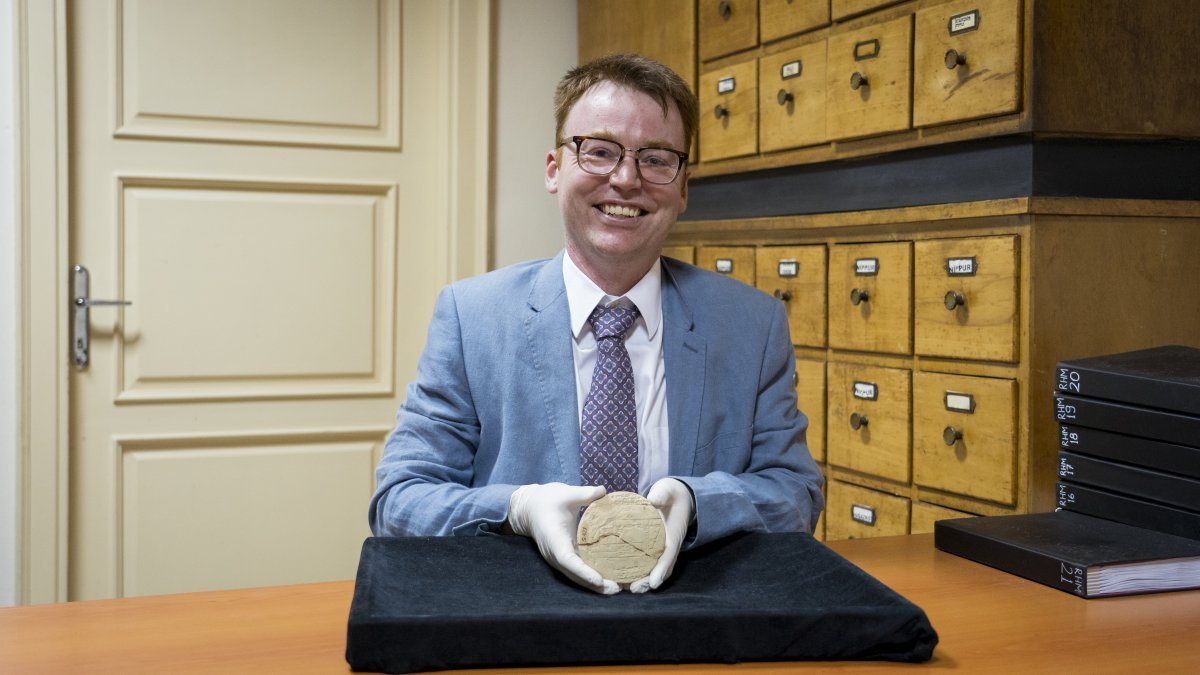
The tablet describes the sale of a piece of land that contains some marshland along with a tower and a threshing floor. Rectangles on Si.427 show opposite sides of equal length indicating that the surveyors who plotted the parcel of land had a more accurate way of producing a right, 90º angle than previously known.
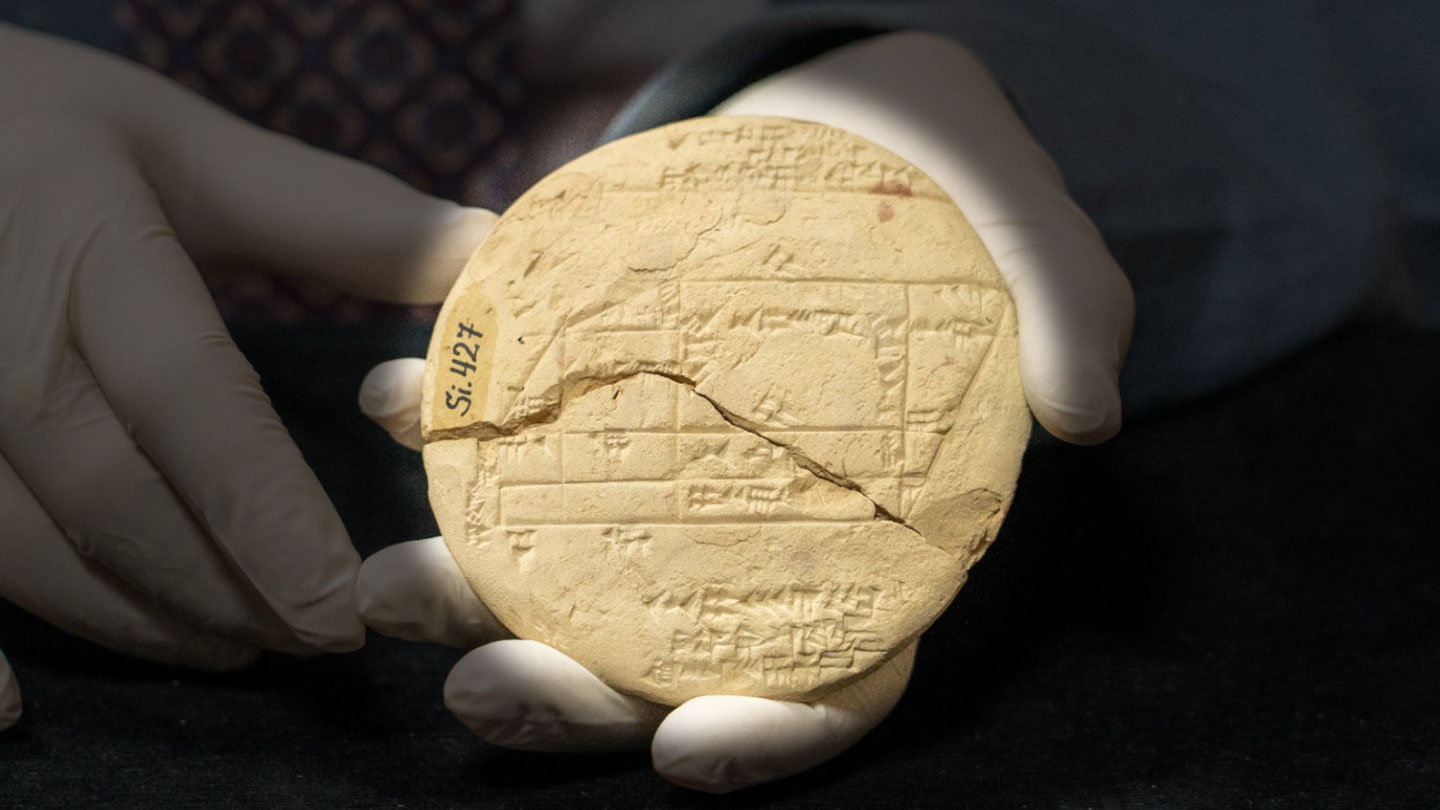
The key find is at the bottom of Si.427 where three sets of three numbers are given in Babylonian, three sets of Pythagorean numbers who satisfy the well known equation:
A2+B2=C2
The three sets are 3, 4, and 5:
32+42=9+16=25=52
8, 15, and 17
82+152=64+ 225=289=172
and 5, 12, and 13:
52+122=25+144=169=132
A triangle whose sides are in the ratio of any of the three sets will contain a 90º angle opposite the longest side, the hypotenuse.
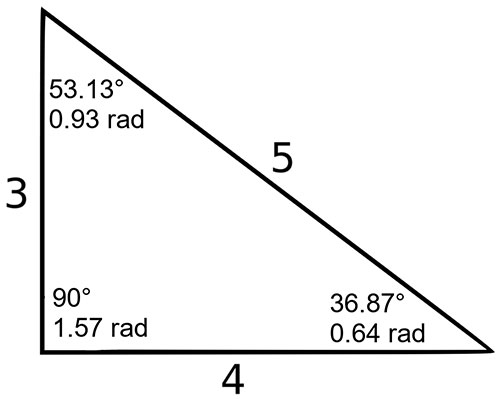
Now simply knowing a few Pythagorean triplets as these sets are known is a bit different from being able to prove the complete theorem. It’s been known for centuries that the builders of the Egyptian pyramids could use a 3, 4, 5 triangle in order to construct a right angle but they never succeeded in establishing the general equation A2+B2=C2. Still tablet Si.427 does give substantial evidence that the ancient peoples of Mesopotamia were using rather advanced mathematics almost 4,000 years ago.
And archaeologists are helping mathematicians to answer several other questions from the history of mathematics, namely the origins of zero and π. Let’s start with zero.
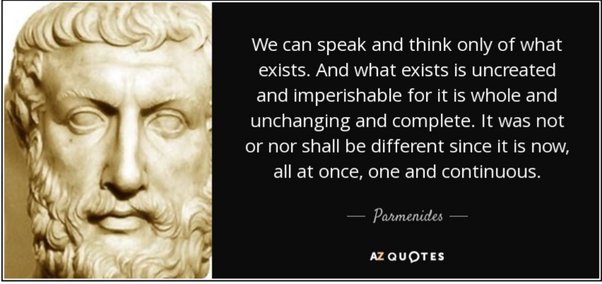
You may have heard that the Greeks and later the Romans had no symbol with zero. The Greek philosophers had a problem with the very idea of ‘nothing being something’ so they devised a system for doing calculations that didn’t require a zero. (Do you know how to multiply or divide two Roman numerals, ’cause I don’t?) This attitude toward zero continued in Europe until the beginning of the renaissance.
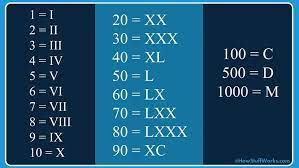
The Greeks weren’t the only mathematicians in the classical world however. Evidence from hieroglyphic bas-reliefs and cuneiform tablets show that both Egypt and Mesopotamia had a symbol that they used as the origin, in other words the 0 in 0,1,2,3… But they did not use that symbol as a placeholder like in 102 or 270.
In fact the Babylonians, whose number system was based on the number 60, are known to have used a space as a placeholder, which had the unfortunate consequence of making 2 and 120 (2×60) or 5 and 300 (6×60) look exactly the same when written. You had to recognize the space in order to know which number was meant.
Sometime in the century or so before the start of the Common Era the Chinese began to use a simple dot as a symbol for both the origin of the numbers and a placeholder. Hindu mathematicians in the 7th century then changed that dot to an oval shape, which the Arabs copied and passed on to Europe during the 15th century. It wasn’t long before European mathematicians were doing all of their calculations with ‘Arabic numerals’ even while they continued to write down dates in Roman numerals. (I had to learn Roman Numerals in school but all we ever learned was how to translate Roman Numerals into Arabic. So you’d be right to wonder why Roman Numerals were still being used in the mid-20th century. I sure did!)
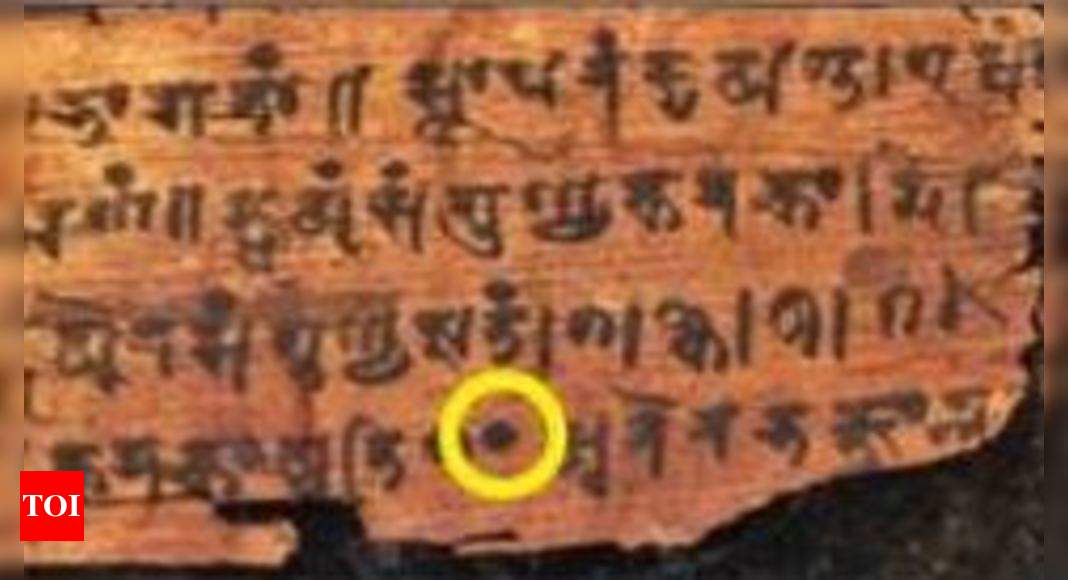
The symbol π also has a long and convoluted history. As everyone knows π is used to represent the ratio between the circumference of a circle to its diameter. In other words Circumference / Diameter for a circle =π. The fact that all circles have this same property seems to have been recognized at the very beginnings of civilization.

It’s been asserted from measurements of the great pyramids of Giza, dated to around 2500 BCE, that the Egyptians probably used the fraction 22/7 as an approximate value for π= 3.14286, just as many people do today. A Babylonian tablet dated to 1600-1900 BCE gives a value for π=3.125. Both these any other ancient values for π came from actually measuring the circumference and diameter of a circle and taking a ratio, which doesn’t sound like an easy thing to do with any great accuracy to me.
The first person to figure out a method for calculating π was the Greek mathematician Archimedes around 250 BCE. He invented a technique now known as the polygonal algorithm where a regular polygon is drawn both inside and outside a circle giving an upper and lower bound for the value of π. The more sides to the regular polygon used the closer the calculation will approximate π. Archimedes got as far as a 96 sided polygon giving 223/71< π<22/7 which would remain the most accurate answer for nearly a thousand years.

Later mathematicians would discover simpler techniques for calculating π so that today π has been calculated to millions of digits. But one thing that rather surprised me when I did a little background checking for this post was that the Greek Letter π only became adopted as the symbol for the ratio of circumference to diameter in 1706 when the Welsh mathematician William Jones used it as such. The symbol was then popularized by the mathematician Leonhard Euler around 1720. I have to admit that I thought it went all the way back to ancient times.
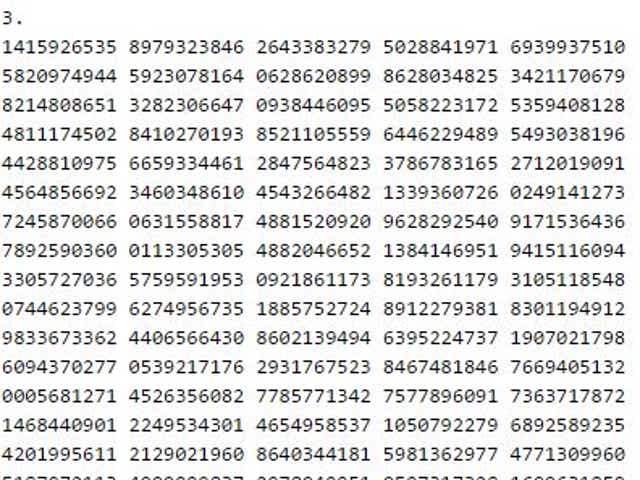
Archeologists have uncovered much about the history of mathematics that had been lost; I didn’t even mention how zero and π were used in Mesoamerican culture. That complex ideas like zero and π were developed by so many cultures so early in their history shows the importance of mathematics in building a civilization.
